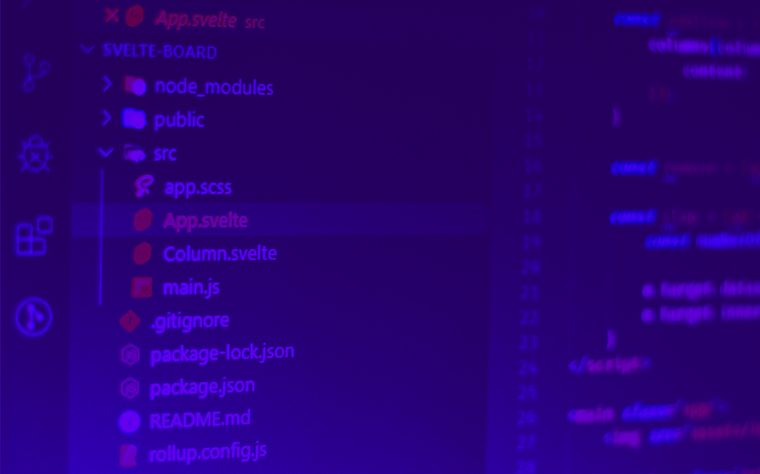
Workshop: 2-3 days
Svelte & SvelteKit
Workshop description
Svelte is great choice for building fast and light-weight web applications. Its unique approach of generating reactive code at compile time instead of relying on a runtime, moves work out of the browser and results in highly efficient code. Combined with SvelteKit, it enables engineers to build large applications with ease while being able to choose among patterns like SPA, MPA, SSR, SSG on a per-route basis.
This workshops takes participants through the entire process of building a complete, real-world application and teaches the theoretical concepts along the way. Each topic is introduced via an in-depth presentation followed by a practice exercise.
All examples and practical assignments from the workshop are available publicly on GitHub.
Svelte Basics
Rendering reactive UIs is the core functionality of Svelte. We cover Svelte’s unique approach to reactivity, the $ syntax and its template language. We then look into writing Svelte components, accepting props, and its CSS scoping feature.
SvelteKit Basics
This stage introduces SvelteKit, the project framework built on Svelte. We cover project creation and management, SvelteKit’s file system as well as creating and managing pages.
Routing
We’ll dive deep into SvelteKit’s file based routing, loading and displaying data as well as topics like route grouping, route params and redirects.
Testing
SvelteKit comes with two testing strategies: Vitest for testing components in isolation and Playwright for end-to-end testing. We cover both in depth and present approaches for testing real applications.
Stores
This stage kicks off with an introduction of what stores are and how they work. We continue with looking into implementing the three main stores: writable, readable, and derived.
SvelteKit and Progressive Enhancement
The final stage of the workshop teaches how to implement progressive enhancement with forms. We cover how to send data to an API, how to validate forms, what server folders are, and give a brief introduction into hooks. We close by looking into how to implement authentication.



